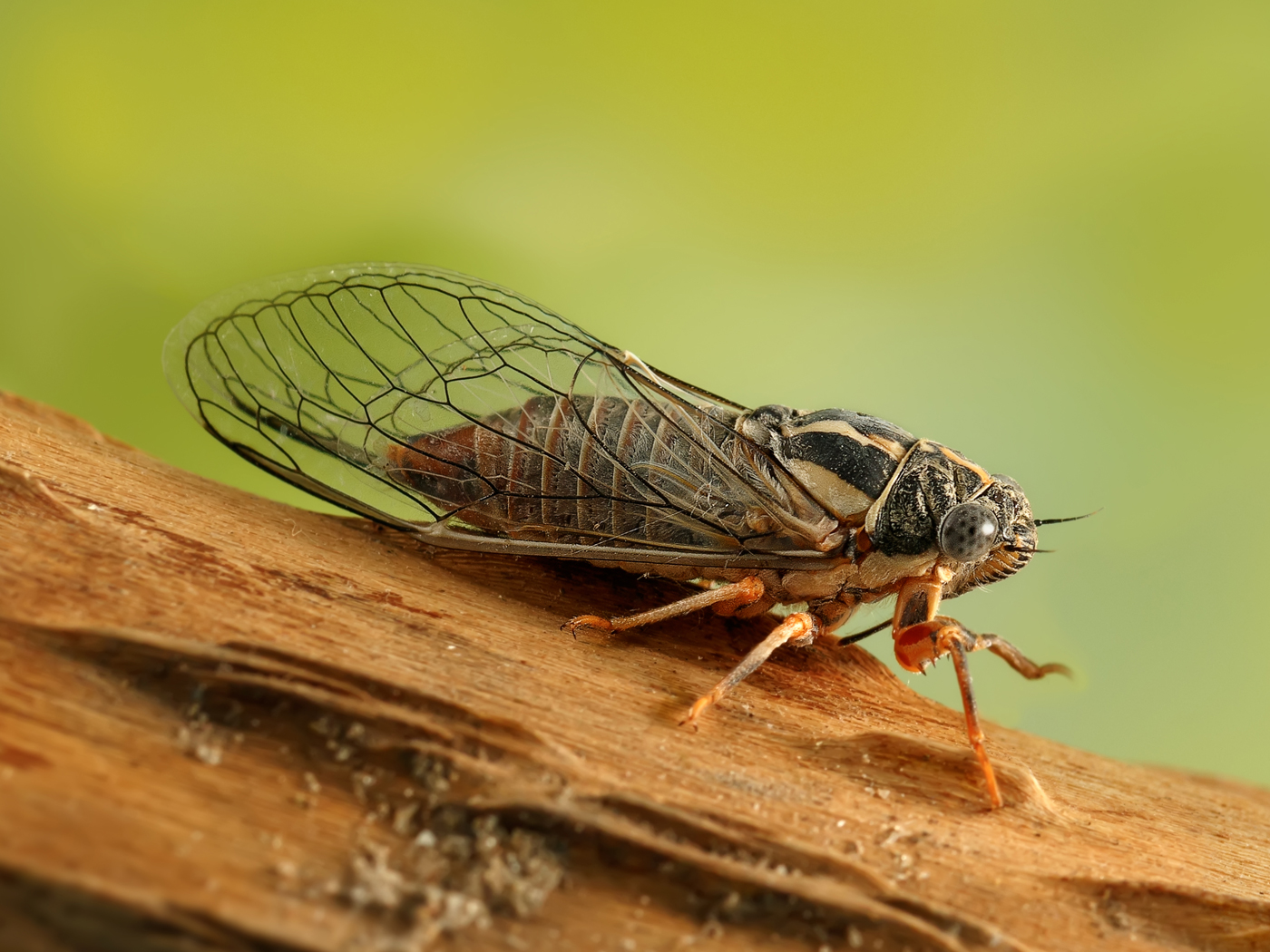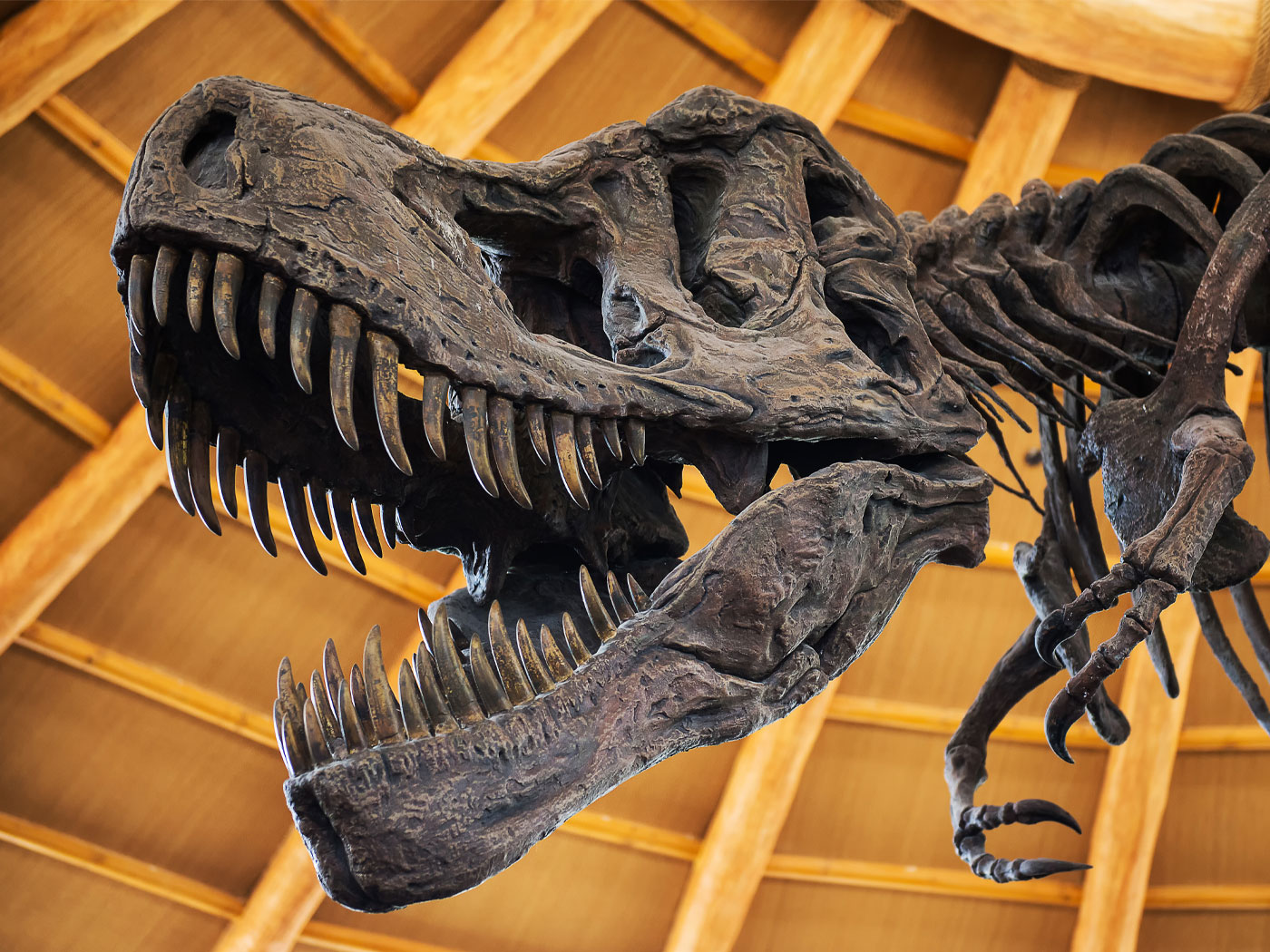Stephen Czerkas digs dinosaurs. His early advocacy for feathered dinosaurs makes his recent reversal that much more remarkable. His reexamination of a fossil—one that had been known as a feathered dinosaur—reveals the fruits of taking a closer look at spectacular claims.
Recently working with University of North Carolina's fossil bird expert Alan Feduccia, Czerkas imaged a Scansoriopteryx with advanced 3-D microscopy and high-resolution photography, visualizing features in the wrist bones, feathers and hind limbs. This year they published their results in the Journal of Ornithology.1
Back in 1999, the National Geographic Society created quite a controversy by prematurely announcing the discovery of a half-bird/half-dinosaur fossil they called Archaeoraptor.2 Czerkas and the Dinosaur Museum in Blanding, Utah purchased the Chinese specimen from an anonymous dealer at the Tucson gem show in early 1999 for the tidy sum of $80,000. The Society quickly announced the so-called "feathered" dinosaur before scientists carefully reviewed the specimen, which turned out to be a complete fabrication.
Stephen Czerkas had been intimately involved in the purchase and promotion of the Archaeoraptor specimen as a bird-like dinosaur. But he actually purchased bird and dinosaur parts that had been artificially combined! A short time later, author and researcher Jonathan Wells labeled the specimen the "Piltdown Bird" in memory of the infamous Piltdown Man hoax involving a composite of ape and human bones.3
In 2002, Czerkas and his wife self-published a book called Feathered Dinosaurs and the Origin of Flight in which they discussed Scansoriopteryx in context of dinosaur evolution into birds.4 His stance on Archaeoraptor as a real fossil did a complete flip-flop shortly after its exposure as a fraud, and now his stance on Scansoriopteryx as a dinosaur has reversed as well.
This year he told science news outlet Eurkalert, "The identification of Scansoriopteryx as a non-dinosaurian bird enables a reevaluation in the understanding of the relationship between dinosaurs and birds. Scientists finally have the key to unlock the doors that separate dinosaurs from birds."5 It turns out the fossil is just another bird, not some bird-dinosaur hybrid it was promoted to be.
Who's to say the "key" that separates dinosaurs from birds isn't simply feathers? Only birds have them today. If not feathers, bird-specific bone anatomy is often enough to clearly separate birds from reptiles.6
This extinct bird's distinct anatomy fits Scripture's explanation that birds were birds and dinosaurs were dinosaurs from the moments of their creation on days five and six of the creation week. And the very fact that the bird specimen was fossilized, having been buried rapidly in mud, fits Scripture's explanation that all air-breathing, land-living creatures perished unless they were among the cadre on board the ark.
The fact that serious scientists had been willing to label Scansoriopteryx a dinosaur despite its distinct bird body and feathers surely says more about scientists and their "science" than it does about the fossil.
References
- Czerkas, S. A., and A. Feduccia. Jurassic archosaur is a non-dinosaurian bird. Journal of Ornithology. Published online July 9, 2014.
- Sloan, C. P. 1999. Feathers for T. rex? New birdlike fossils are missing links in dinosaur evolution. National Geographic. 196 (5): 98-107.
- Wells, J. 2000. Icons of Evolution: Science or Myth? Why Much of What We Teach About Evolution is Wrong. Washington D.C.: Regnery Publishing, Inc.
- Czerkas, S. J. (Ed.) 2002. Feathered Dinosaurs and the Origin of Flight. Blanding, UT: Dinosaur Museum. (The museum website hosts an abbreviated version of the Scansoriopteryx book chapter, in which Czerkas wrote, "With the discovery of Scansoriopteryx, the concept of birds evolving 'from the trees down' is certainly supported more than the 'ground up' scenario.")
- Bayez, R. Researchers declassify dinosaurs as being the great-great-grandparents of birds. Eurekalert. Posted on eurekalert.org July 9, 2014, accessed July 11, 2014.
- Thomas, B. Fixed Bird Thigh Nixes Dino-to-bird Development. Creation Science Update. Posted on icr.org June 22, 2009, accessed July 14, 2014.
* Mr. Thomas is Science Writer at the Institute for Creation Research.
Article posted on July 18, 2014.





















